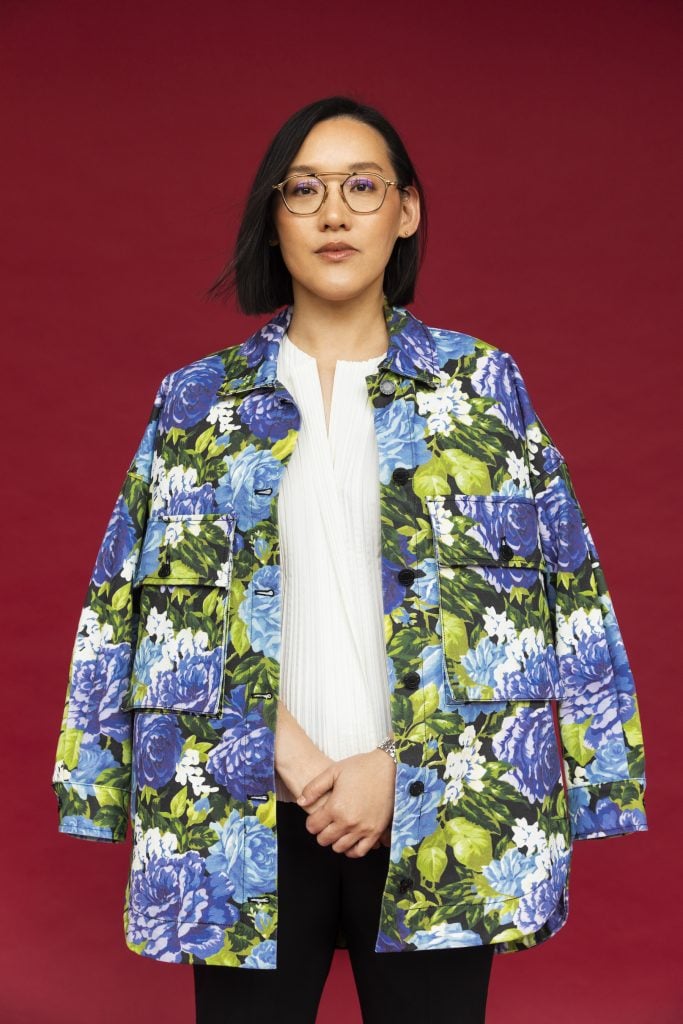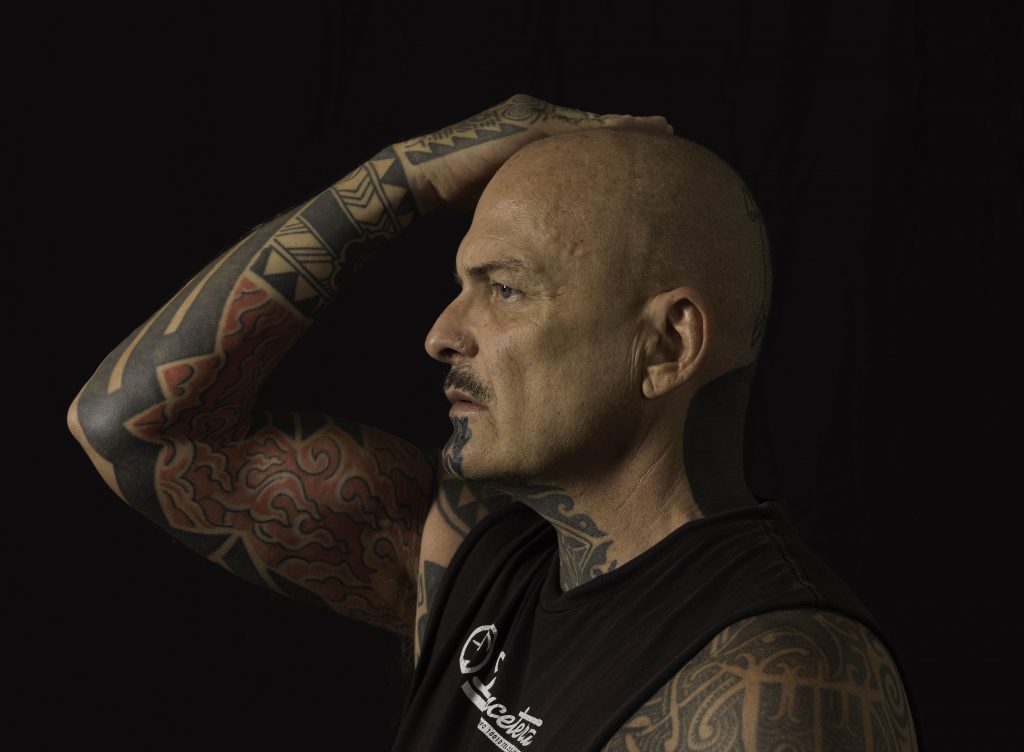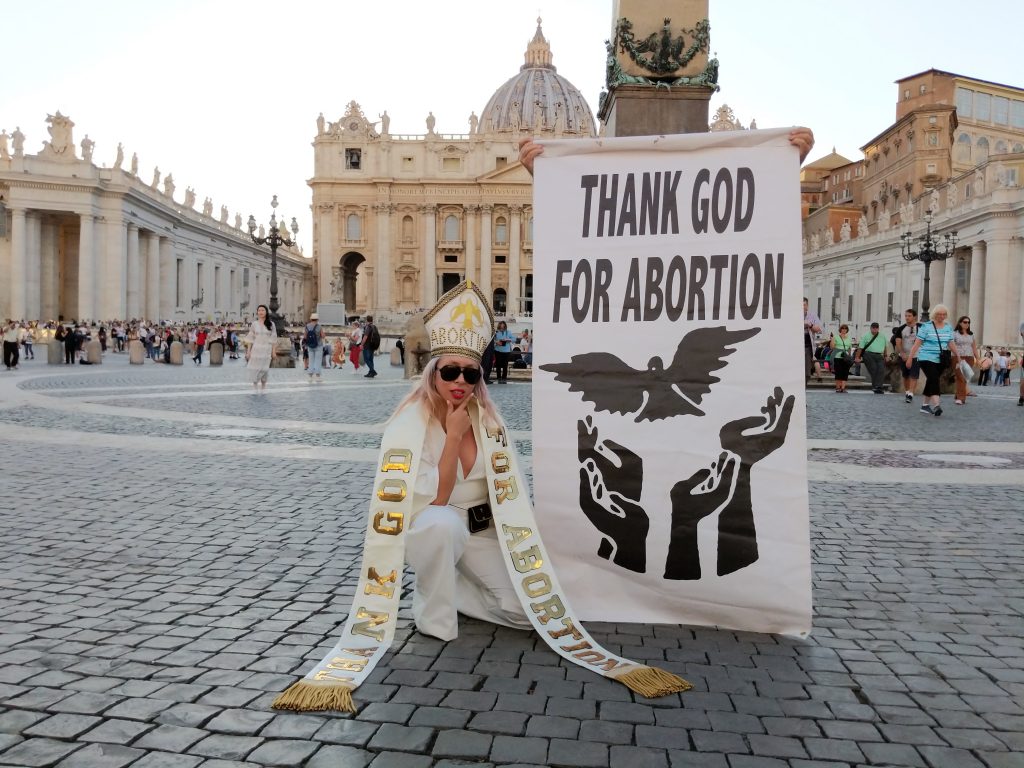The Burns Halperin Report
Can Philanthropy Shape Equity in the Arts? 5 Questions to Consider When Making a Donation
Creating a more diverse art world must begin upstream from galleries and museums.

Creating a more diverse art world must begin upstream from galleries and museums.

Christine Kuan


Artists are the free thinkers and the first movers of culture, and culture is the basis of belief and action. To support an artist’s idea—to help realize new work—is to set into motion a new worldview. This is the exciting role philanthropy can play in creating a freer, more sustainable, and equitable society.
Today, the narratives that shape our laws, policies, and daily life are disproportionately dominated by a subset of the population. From museums and the art market to Hollywood, the old story remains that only a small percentage of artists represented are women and artists of color. White men make up 30 percent of the U.S. population, but represent most museum acquisitions, art market sales, and Hollywood film directors. Yet, museums, auction houses, and cinemas are downstream from the primary issue, which is: Who gets funded to make art?
It is not possible for museums to collect, galleries to exhibit, auction houses to sell, or cinemas to screen work by more diverse artists if women, artists of color, LGBTQIA+ artists, and artists with disabilities do not get the funding they need to create new work in the first place.

Installation view of ON by 2022 Creative Capital grantee Germane Barnes. Photo by Steve Benisty.
There are numerous structural barriers to artists getting funding—from not having opportunities through expensive MFA programs to not being able to bring a collector base to a gallery. That’s why one significant way we can support a more inclusive and plural arts ecosystem through philanthropy is by directly funding artists—especially Black, Indigenous, Asian, Latinx, women, LGBTQIA+ artists, and artists with disabilities. It is also vital to fund challenging new ideas, risk-taking work, and work where sometimes there is no “product” to be “consumed” or no commercial potential.
Creative Capital, where I serve as president and executive director, was founded in 1999 as an independent nonprofit in resistance to censorship when the NEA discontinued most of its grants to individual artists following controversies with Robert Mapplethorpe, Ron Athey, and others. With U.S. government funding, political opinion can dictate who gets funded and potentially jeopardize artistic freedom by only funding non-controversial artists.
Creative Capital believes artists are essential to advancing freedom of expression and democracy. Our grantmaking is done through a democratic, national, open-call process. Artists cannot be nominated; nomination processes generally exclude artists who do not have existing relationships with art establishment nominators. Our process further levels the playing field by seeking out the most innovative project ideas, not the most impressive resumes. We also offer producers and patrons the opportunity to support groundbreaking, early-stage projects.

Self-taught performance artist Ron Athey whose work has addressed the AIDS pandemic. Photo by Ken Gonzales-Day.
Our transformative grantmaking—which funds any expense needed to advance the project, from studio space to childcare—has contributed to a more equitable and diverse arts ecosystem. In the 2022 cohort, 90 percent of grantees identify as Black, Indigenous, Asian, and Latinx; 57 percent are women, gender non-conforming/non-binary, and undisclosed; and 7 percent identify as having disabilities. In the past five years, Creative Capital has funded more than 75 percent artists of color.
Our grantees continue to define the field with their success, from Simone Leigh, the first Black woman to represent the United States at this year’s Venice Biennale, to Nikyatu Jusu, who won the Sundance Grand Jury Prize for her first feature film Nanny. Many of our grantee projects grapple with urgent issues and erased histories, such as Viva Ruiz’s project on reproductive justice, Thank God for Abortion Telenovela Pilot; Xavier Cortada’s The Underwater, which activates citizens to address dire flooding in Florida; and Germane Barnes’s Restructuring Blackness, which will research African diasporic legacies in architecture to design a new column order. These projects would have been difficult to finance through traditional TV, gallery, or museum systems.

Viva Ruiz received their first major grant from Creative Capital in 2022 for Thank God for Abortion Telenovela Pilot, a scripted narrative to disseminate the message that abortion is healthcare. Still from Viva Ruiz’s Thank God for Abortion, the Vatican (2019).
Creative Capital’s model offers an instructive set of criteria for how funds can have a direct impact on artists. Here are five questions I think about in my work as a woman of color leading a fundraising organization that you may wish to consider in order to support a more diverse art world.
Each year, Creative Capital fundraises every dollar we give away to artists. This year, 83 percent of every dollar was spent on artists’ grants and programs. Consider making a gift to artist-centered nonprofits that are doing this important, grassroots work.
The unique power of the arts is to enable us to think, experience, and feel differently. Philanthropy can be a catalyzing force for change without instrumentalizing artists to do the work of correcting systemic wrongs. Philanthropy can play a more transcendent role. To truly foster an equitable arts ecosystem, we must empower artists to make the work that artists dream of making.
Christine Kuan is president and executive director of Creative Capital Foundation. She has worked for more than 20 years across nonprofit and commercial arts organizations, including Sotheby’s Institute of Art, Artsy, and the Metropolitan Museum of Art. Kuan holds an MFA in Poetry from the Iowa Writers’ Workshop.
You can read all the articles in the 2022 Burns Halperin Report here.